Osteoarthritis (OA) is a condition that affects most of us eventually. We used to think of it as "wear and tear" of joints, but now we know there's also a "repair" element to it.
What happens in Osteoarthritis?
OA is a condition of cartilage. Cartilage cushions almost all of our major joints, but it has a poor blood supply. This means that it relies on nutrient exchange from surrounding fluid to stay healthy.
It's easier for cartilage to receive nutrients and flush out waste if it goes through compression and decompression. You can imagine it as a dirty sponge in clean water: pump it enough and it'll come out clean.
Early stages
During the early stages of osteoarthritis, the cartilage stops being properly pumped. This may be subconscious, and it may be the body's attempt at protecting itself from pain or injury. If this is not addressed, the cartilage begins to become unhealthy.
As the cartilage becomes more unhealthy, you may find there is more discomfort. This encourages further compensation to take pressure off the sore joint. Unfortunately, this means the cartilage is still not being pumped, and the cycle is not being broken.
The rest of the body continues to adapt, often without you noticing. If the hip is affected, your posture might change so you don't have to use the painful range of movement. This causes compensation elsewhere, leading to a hunched posture. Over time, this can also cause problems in the lower back and neck as their demand increases.
Late stages
If OA is not addressed, the cartilage continues to decline. The surface of the joint becomes more rough, and pieces of cartilage may become loose. Lost cartilage can be replaced by bone, and bone might grow around the edge of the joint, forming a "lip" visible on X-Ray.
By now, the joint is likely symptomatic. Crunchy, painful, or limited movement can all be signs of osteoarthritis. The body continues to try and protect itself, limiting movement by tightening surrounding muscles. It is not too late to seek treatment, as further restriction of movement will only speed up the degenerative process.
Beneath the cartilage, cysts can form within the bone. At this point there is only so much that can be done with manual therapy. By now, the joint is likely to be significantly painful, and a joint replacement may be the best course of action.
How can OA be treated?
The good news is that manual therapy has been proven to be effective in improving pain and mobility in arthritic joints. Thinking about how OA develops, it makes sense that hands on treatment and exercise would help.
Your osteopath can spot the early signs of osteoarthritis, possibly even before you have. In very early cases it may be possible to fully restore the health of the joint.
For most patients, treatment involves work to get the joint to a comfortable level, then exercises and longer term management to keep it happy. If there have been compensations elsewhere in the body, these can be addressed too.
Nip your osteoarthritis in the bud. Make an appointment in Naas here.







